It’s been over a year since Elon Musk announced his intention to acquire Twitter, and those who opposed the sale have sought refuge on alternative platforms like Mastodon, Substack Notes, and T2. But perhaps none of these Twitter alternatives are as well known as Bluesky.
Bluesky, still in its beta phase and accessible by invitation only, is steadily gaining momentum as more people join the platform. We've learned from the past that excitement around social-media apps like Clubhouse can be short-lived, but might Bluesky live up to the hype?
It currently boasts around 50,000 users, but has been downloaded over 375,000 times. The high demand for invitations has even led to their sale on eBay.
What is it?
Bluesky is a decentralized social app conceived by former Twitter CEO Jack Dorsey and developed alongside Twitter. Its CEO is Jay Graber, founder of events-oriented social media site, Happening, and former developer on cryptocurrency Zcash. She’s also a Bluesky board member.

It features a user interface reminiscent of Twitter, allows users to customize the content display algorithm and community-specific moderation.
The app utilizes an in-house open-source framework called the AT Protocol, the dev team claims it’s a “networking technology created by Bluesky to power the next generation of social applications”.
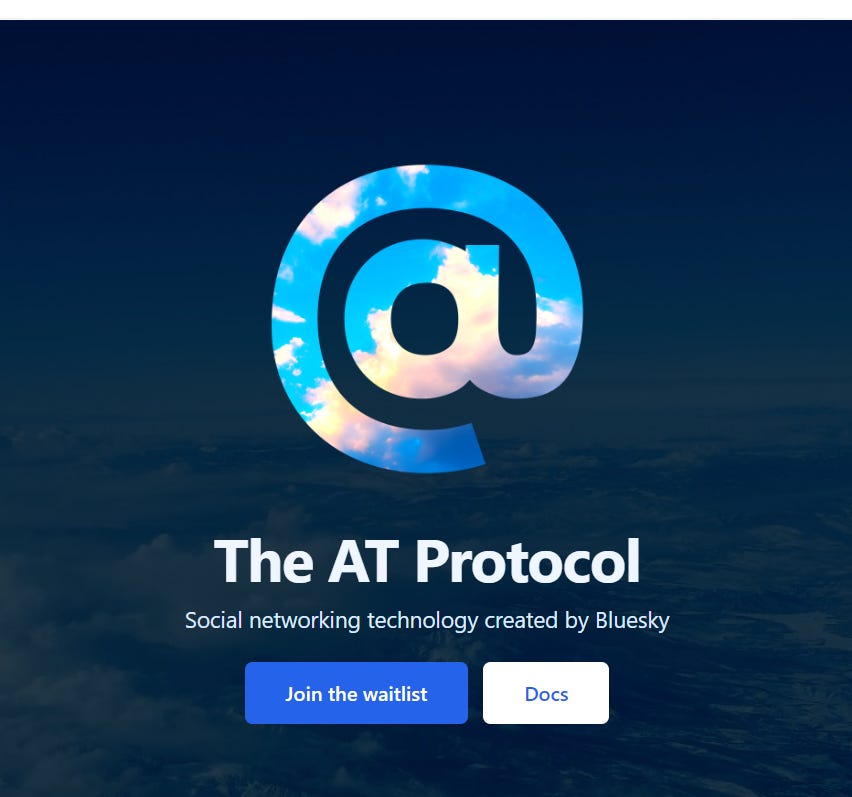
Dorsey introduced the Bluesky project in 2019 when he was still Twitter CEO, intending for Twitter to adopt this decentralized standard for social media. But since Elon Musk acquired Twitter, Bluesky has completely separated from the platform. Dorsey has even expressed his discontent with Musk's leadership through Bluesky earlier this year.
How Does Bluesky Work?
Once invited, users can create a handle represented as @username.bsky.social and a bold display name. If desired, users can use their own domain name as their username, such as @domainname.com.
The app functions like a basic version of Twitter, allowing users to create posts of up to 256 characters, including photos. Posts can be replied to, retweeted, liked, reported, shared to other apps via the iOS Share Sheet, or copied as text.
Users can search for and follow others, viewing their updates on the "Home" timeline. The "What's Hot" timeline showcases engaging posts.
User profiles include typical features such as a profile picture, background, bio, metrics, and the number of people they follow. Profile feeds are divided into two sections: posts and posts & replies.
The app's navigation also includes a "Discover" tab, offering "who to follow" suggestions and a running feed of recently posted Bluesky updates.
In many ways it functions similarly to Twitter. However, Bluesky currently lacks direct messages and some advanced features like adding accounts to lists.
How do I get invited to Bluesky?
New users receive one invite code every two weeks while using the Bluesky app. The company monitors the social graph and rewards users who invite trustworthy participants with additional invite codes to share.
Bluesky considers the invite code system a part of the open-source tool it's developing to help server admins curate and moderate their communities.
Who's on Bluesky?
By the end of April 2023, Bluesky had reached 50,000 users, attracting notable figures and organizations such as US politician, AOC, and the news media website and Twitter exile, NPR.
Takeaway
Bluesky has been years in the making and although it’s still not accessible to the wider public, the excitement around the platform has exploded in the past 6 months.
Whether it can live up to the hype remains to be seen but its decentralized and customizable nature is a nice alternative to Twitter.
It’ll be difficult for it to truly compete with Twitter and Elon Musk’s stated aim of making it an “everything app” but more competition in the social media space is never a bad thing. May the best app win!



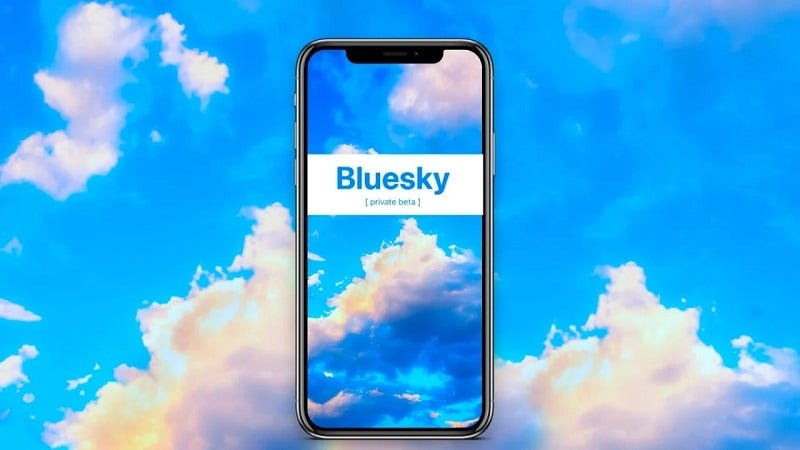
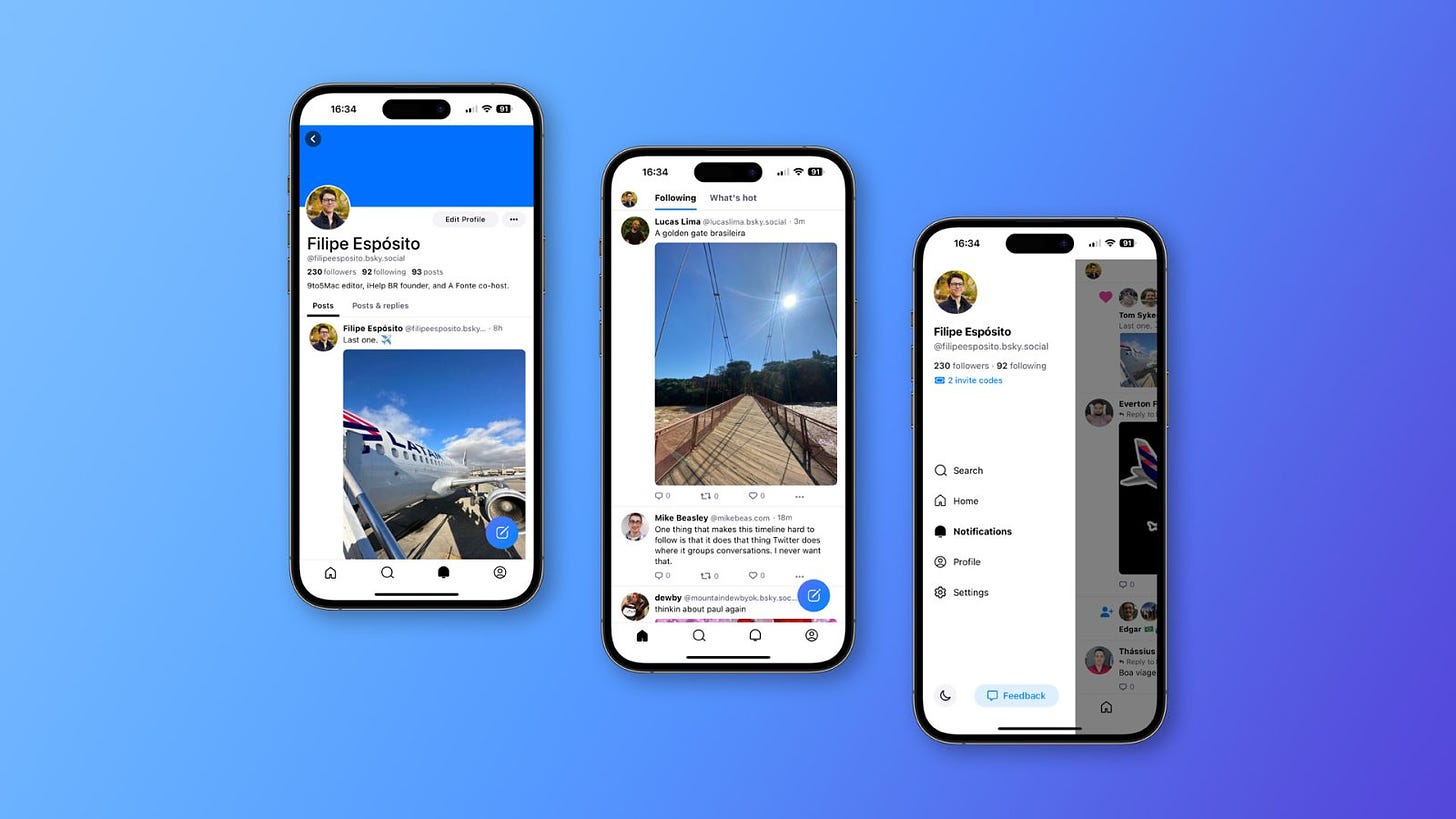
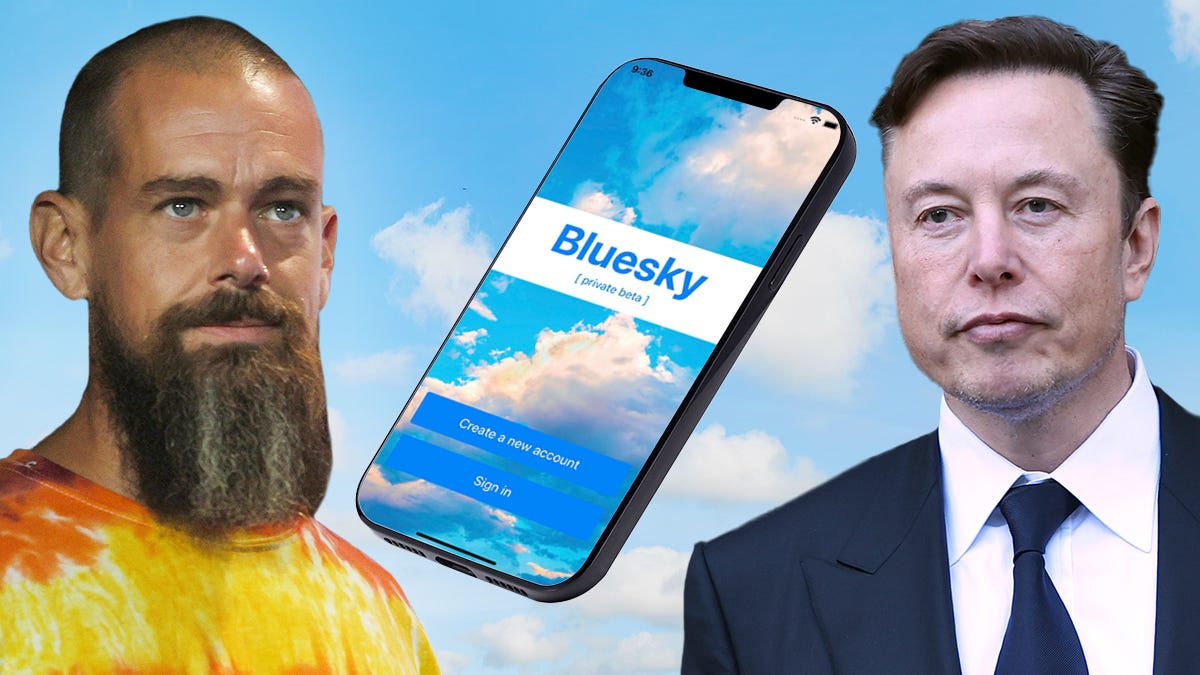
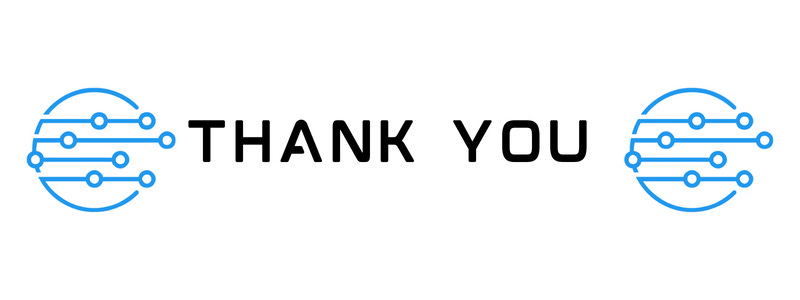
Nice research!!